Figuring out how to ship a flood-damaged vehicle can feel overwhelming, especially if you’re dealing with the aftermath of a natural disaster. Many buyers today are buying flood-damaged cars from auctions or salvage yards, and they need reliable ways to move them. When water exposure affects electrical systems, metal components, and interiors, transporting the vehicle becomes more complex than a standard shipment. This guide explains how to ship a flood-damaged vehicle with confidence, covering safety, costs, legal rules, and steps that help you avoid delays and damage during transport.
Understanding the Risks of Flood-Damaged Vehicles
Flood-damaged vehicles vary widely in condition. Some are running vehicles with minor water exposure, while others sit in standing water for days. The vehicle’s condition affects everything from the cost to ship to the choice of carrier. Flood-damaged cars often have salvage titles or branded documents that identify water damage. You should check the vehicle history report before booking any auto transport for damaged vehicles, as this can reveal key issues that affect loading and unloading.
When transporting salvage cars in the US, especially those recently exposed to standing water, safety is your top priority. A standard car shipping company may accept the load, but many prefer carriers who specialize in safe shipping for water-damaged cars and salvage car hauling services. These companies understand the unique hazards of damaged electrical systems, wet interiors, and compromised structural components.
Key Flood Car Transport Tips for a Smooth Domestic Shipment
If you’re buying flood-damaged cars at auctions, you’ll want clear transport tips to avoid delays. Transporting cars from auto auctions often requires quick scheduling, verification of vehicle titles, and clear communication with the carrier. The best carriers for flood-damaged cars usually offer flexible pickup timelines and experience with salvage yards, repair shops, and auction storage facilities.
Here are some water-damaged car transport tips that help reduce stress and keep everything organized:
- Verify whether the vehicle is safe to roll, steer, and brake.
- Note whether the battery is disconnected or missing.
- Document the vehicle, including interior photos and engine bay angles.
- Ensure staff at the pickup location know the transport date.
- Confirm whether the transport requires a winch.
If you’re unsure whether you can ship a flooded car in its current state, the answer is usually yes, but only if the carrier can load it safely. Flood car towing regulations vary by region, so a knowledgeable carrier helps you stay compliant.
Preparing a Water-Damaged Vehicle for Transport
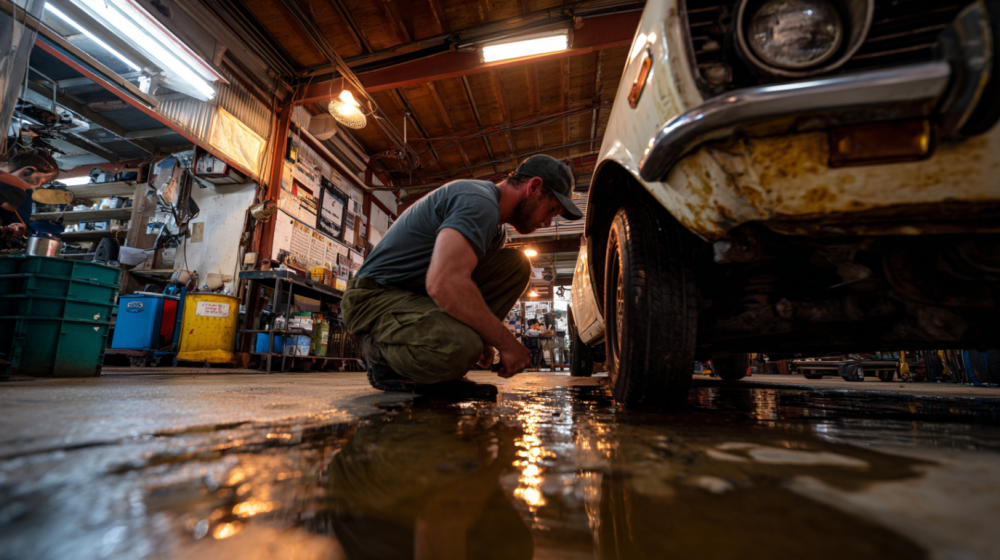
Learning how to prepare a flood car for transport is essential for ensuring a smooth handoff. If possible, drain any visible standing water inside the cabin or trunk. Remove loose items so they don’t shift during transport. If the car has been through the flooded vehicle recovery process, confirm whether repairs were made or if the damage remains untouched.
Check the vehicle’s condition for sharp metal edges, broken panels, or fragile trim pieces that could come loose. A running vehicle with minor water intrusion may only need basic precautions, while heavily flood-damaged vehicles might require extra steps. This can include stabilizing loose components or taping exposed areas.
Some buyers, especially those restoring a classic car with flood damage, prefer enclosed carriers for better protection. Enclosed shipping raises the cost, but it offers the safest option for flood car transport when dealing with vulnerable interiors or high-value salvaged vehicles.
Legal Considerations When Shipping Flood-Damaged Cars
When it comes to legal issues in flood vehicle shipping, every buyer must understand disclosure requirements. Most states require clear flood car VIN disclosure when selling, transferring, or transporting water-damaged vehicles. This protects both the buyer and shipping provider. It also ensures the car shipping company knows exactly what condition the vehicle is in before they load it.
Flood car towing regulations, salvage titles, and branded documentation help carriers decide whether special handling is required. These rules are especially important for shipping flood cars after auctions, where states may have strict documentation standards.
Choosing the Best Shipping Method
You have several transport options, but the best way to move a flood-damaged vehicle depends on its condition. If the car rolls and steers, standard open transport is often fine. If it’s fully inoperable, enclosed carriers or winch-equipped trucks are better suited.
Here are common choices:
- Open transport: Cost-effective but exposes the vehicle to weather.
- Enclosed carriers: More expensive but ideal for high-value or fragile conditions.
- Flatbed services: Useful for short-distance moves or severely damaged frames.
The cost to ship varies based on distance, vehicle size, carrier type, and whether special loading equipment is required. Flood car transport cost also increases when pickup or delivery locations have restricted access, such as tight auction lots or repair yards.
Best Practices for Safe Domestic Transport
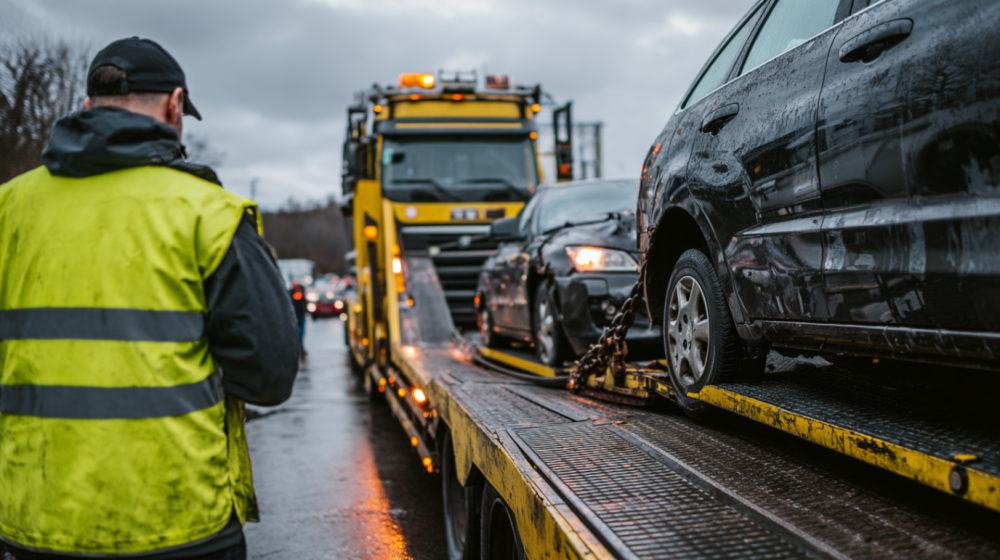
To achieve safe transportation, you must choose a carrier with experience in flood car shipping. Ask whether they have handled salvage titles before, if they offer winching services, and how they document vehicle condition at pickup. A company that specializes in auto transport for damaged vehicles reduces risk and ensures proper handling.
Here are additional tips for flood car relocation:
- Give carriers detailed notes about the vehicle’s condition.
- Ask for a written quote outlining services.
- Request photos from the carrier after loading.
- Confirm delivery expectations and contact details.
- Save all insurance claims documents, if applicable.
Common Questions About Shipping Flood-Damaged Cars
Many buyers have frequently asked questions about shipping flood-damaged cars. Common inquiries include: How to ship auction cars safely when they won’t start? What’s the best way to manage different types of vehicle damage? Do salvaged vehicles require special permits? How do insurance claims affect shipping? In most cases, the answers depend on the vehicle’s condition and state regulations.
Final Flooded Car Transport Checklist
Before booking any flood car transport, use this flooded car transport checklist:
- Confirm salvage titles or branded documents.
- Review the vehicle history report.
- Photograph the entire vehicle, including interior and underbody.
- Drain visible standing water.
- Remove loose items.
- Notify the auctioneer or seller of the pickup time.
- Confirm carrier equipment needs.
- Verify the price and the flooded car transport cost.
- Ensure compliance with flood car towing regulations.
Knowing how to ship a flood-damaged vehicle safely means working with professionals, preparing the car correctly, and understanding legal requirements. With the right approach, you can move flood-damaged cars anywhere within the U.S. with confidence and clarity.

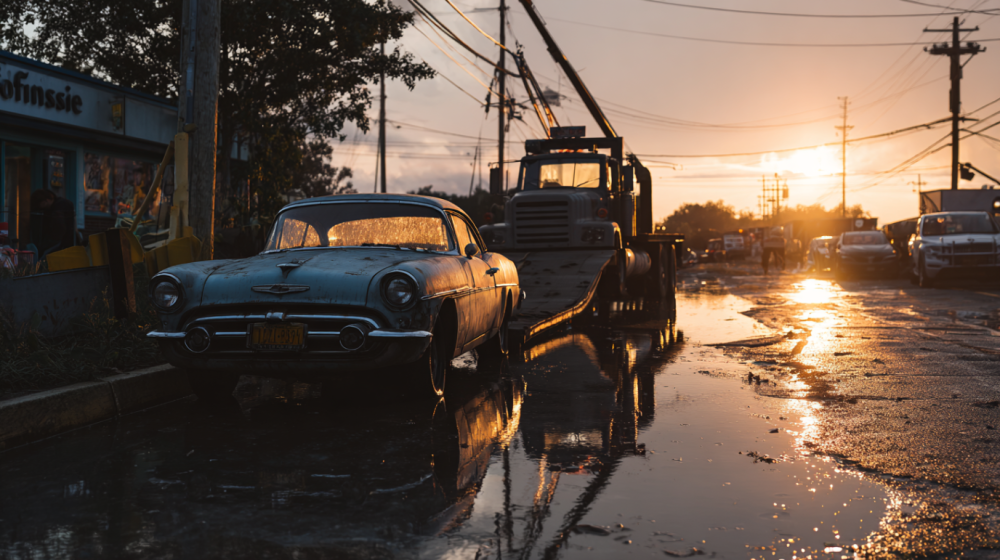


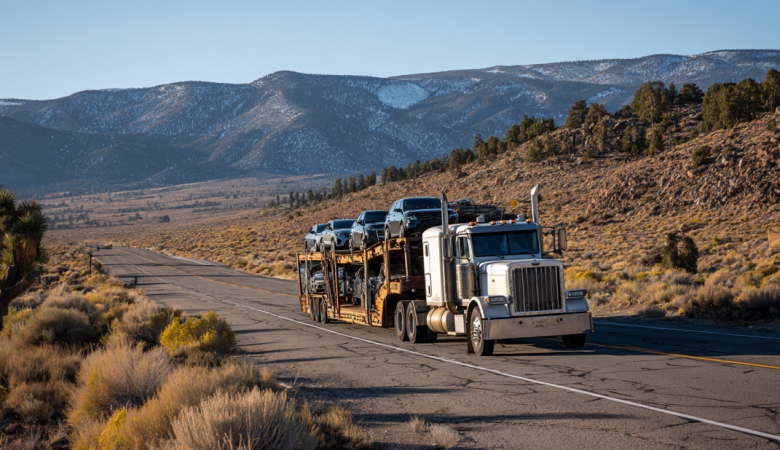
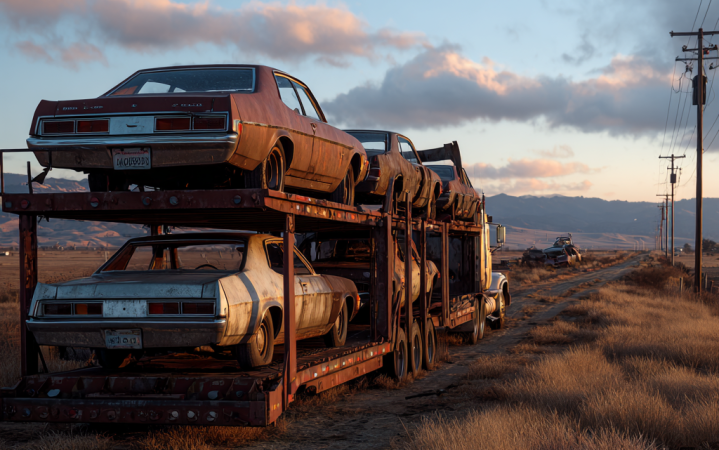
Leave a Reply
You must be logged in to post a comment.